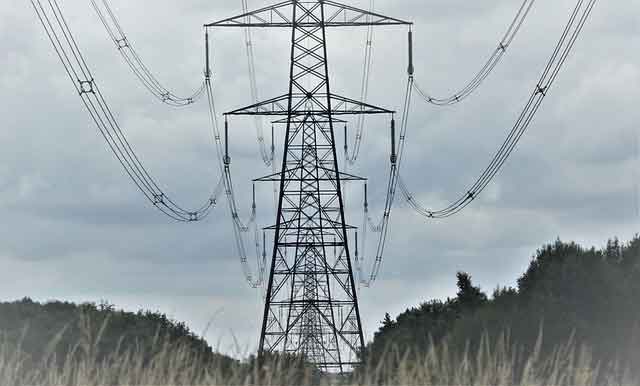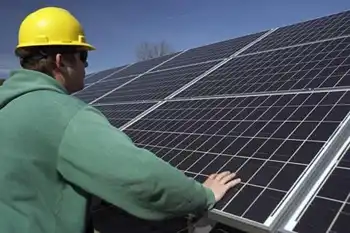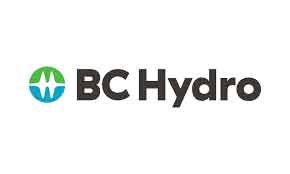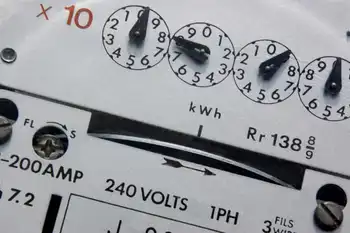House energy panel votes no on lifting nuclear ban
By Associated Press
CSA Z463 Electrical Maintenance
Our customized live online or in‑person group training can be delivered to your staff at your location.

- Live Online
- 6 hours Instructor-led
- Group Training Available
An effort to change that suffered a setback, when members of a House energy committee voted down a bill that would lift the ban.
The 9-12 vote came after two days of hearings in which lawmakers heard testimony from more than two dozen people, including national experts, environmentalists, the nuclear industry and people who live near Minnesota's two existing nuclear plants.
While the measure still could be brought up as an amendment on the House floor, similar votes in recent years have failed. And as legislative deadlines approach, the Senate version of the bill hasn't yet been scheduled for a committee vote.
Supporters of lifting the ban have been careful to note that no new nuclear facilities are being proposed in Minnesota right now, and they say it isn't likely a law change would immediately result in new nuclear proposals. No utilities testified at the hearings.
"I'm not trying to build a nuclear plant," said Rep. Tim Mahoney, a Democrat from St. Paul and sponsor of the House bill. "We're just trying to allow people to talk about it because right now you can't."
But many, including environmental groups, have argued that little has changed in the more than 15 years Minnesota has had a law banning new nuclear plants. Nuclear waste storage can still be a problem, and President Barack Obama's budget calls for eliminating funding for a proposed nuclear waste site at Yucca Mountain in Nevada that might have helped states looking for a more permanent place to store the waste.
That means most nuclear reactors across the country, including Minnesota's only two nuclear plants near Monticello and Red Wing, will continue storing waste on site. Residents and environmentalists are already concerned about that option for the plants, which are both near the Mississippi River.
"The fact that the waste is being stored so close to a major river system with lots of communities downstream that could feel the effects of an accident give us real concern as to whether this is even a good temporary solution to the problem," said Bill Grant, Midwest director of the Izaak Walton League.
U.S. Energy Secretary Steven Chu has said the administration will look for possible alternatives to Yucca Mountain, but one expert who testified before Minnesota lawmakers said finding a safe place to store nuclear waste is always a challenge.
"People don't like to have nuclear waste repositories in their back yard," said Arjun Makhijani, president of the Maryland-based Institute for Energy and Environmental Research. "Nobody has an answer to the problem of waste."
The Nuclear Energy Institute, the nuclear technologies industry's policy organization, would like to see the dozen states with tough restrictions on new nuclear plants roll back their policies. When it comes to storage, the group views the Obama administration's decision as a sign that there's time to find a better solution than Yucca Mountain.
"We don't have a crisis on our hands here. If we did, the government would be doing something very proactive about it," said John Keeley, a spokesman for the institute.
Even if Minnesota were to lift its moratorium, lawmakers on both sides of the issue have acknowledged it would take anywhere from 12 to 14 years and perhaps longer for a nuclear plant to come online in the state.
Some think that's too long when it comes to finding ways to reduce greenhouse gas emissions.
"We can't afford to wait," said Sen. Ellen Anderson, a St. Paul Democrat who opposes lifting the nuclear ban. "I think it will distract from maximizing the potential for wind and other energy sources in Minnesota."
Rep. Bill Hilty, the committee's chairman who said he was undecided before the hearings began, told his colleagues that the testimony failed to convince him that lifting the ban was necessary. Instead, the Democrat from Finlayson echoed Anderson's concerns about a potential departure from renewable energy in Minnesota.
"Let's keep focused on the path that we have already started," Hilty said.











